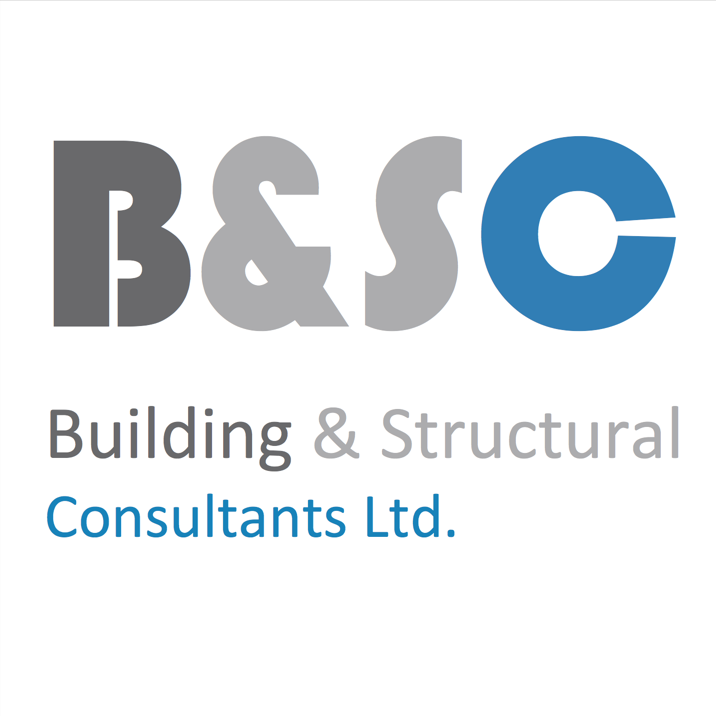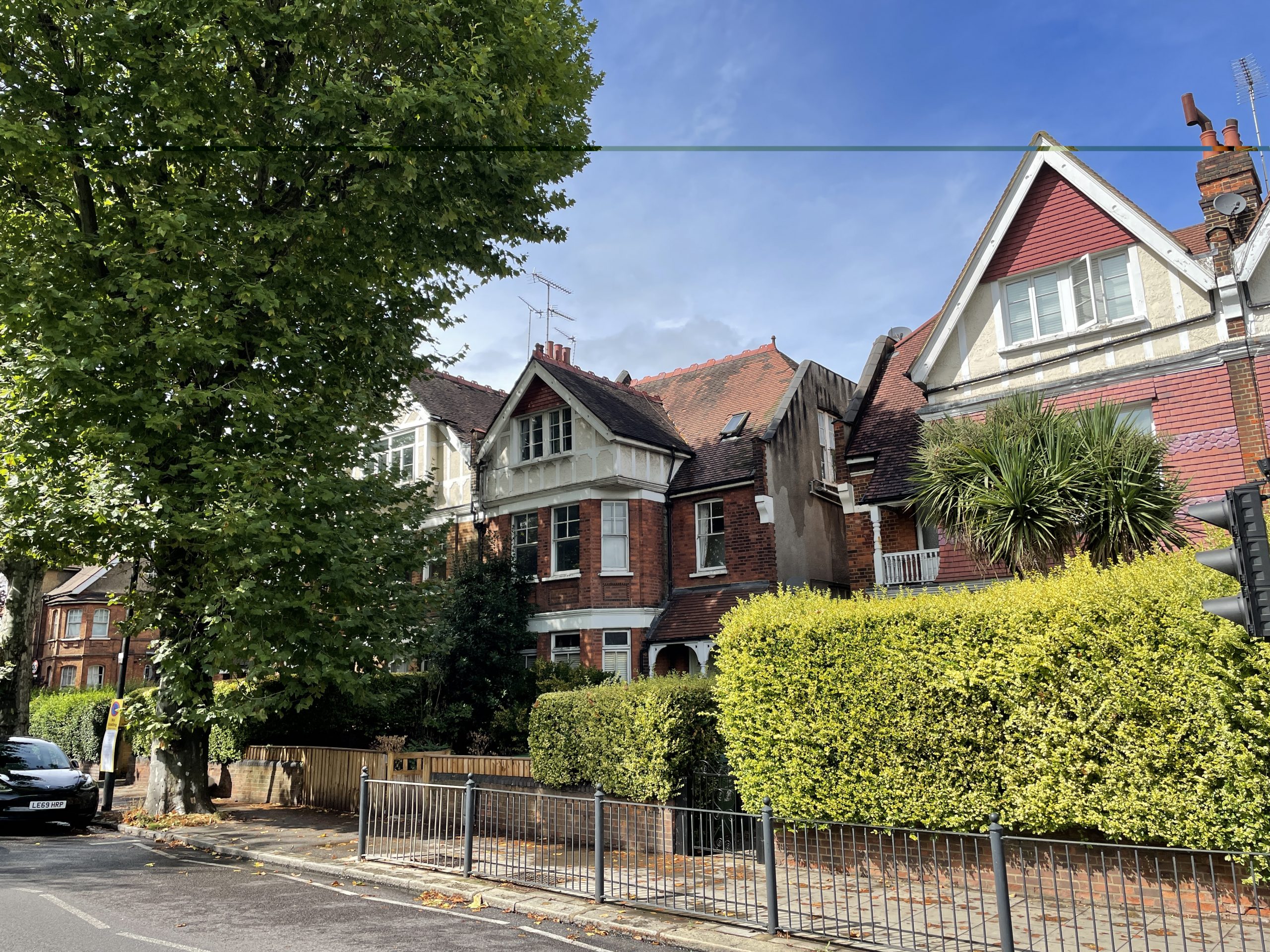Everybody likes a tree-lined avenue and street trees are important for several environmental reasons such as air quality as well as their aesthetic value. Local authorities want to keep street trees wherever possible, but in many cases on shrinkable clay subsoils, they also cause subsidence – not just to adjacent private houses but also to the pavements and garden walls.
Where street trees are shown to be causing subsidence to private property this is an actionable nuisance, and an approach can be made to the local authority to have that nuisance abated. Often though, councils will not remove a tree at first request, having a preference to see if the subsidence can be brought under control by careful management of the tree’s canopy size instead. The hope is that if the water demand of the tree can be sufficiently reduced by canopy reduction, then the subsidence will be sufficiently reduced to a level whereby it no longer causes significant damage to the property. In theory this has a chance of working – providing the tree is judiciously kept at its reduced size and the weather is “normal”, but in practise it rarely works as councils fail to maintain the reductions adequately, and exceptionally hot summers are becoming more frequent. Pruning back a tree often encourages vigorous re-growth which can actually cause greater moisture uptake than before.
Tree removal is the surest way to prevent recurrence of subsidence, but has a detrimental effect on the environment. The Environment Act 2021 introduced a new hurdle to tree removal (or shield against it – depending upon your perspective), by requiring local authorities who are considering removing a tree to firstly consult members of the public. Also Authorities will have new legally binding environmental improvement targets. Measures such as this will most likely make it even more unlikely that street trees will be removed, but what will the consequence of this be to the owners of adjacent houses whos values is severely reduced by the subsidence? It is likely to mean even more disagreement between home-owners, insurers and local authorities about how subsidence cases should be resolved, with home-owners looking for permanent solutions which will mean their property value fully recovers and the house is easily saleable, insurers looking for the quickest and cheapest solution (even if they know it wont be a permanent one – as they might not be on risk when the problem happens again), and authorities looking to preserve street trees and meet their environmental goals.
Not much prospect for swift and satisfactory solutions to these problems any time soon I’m afraid!
Bob Gibson, FFPWS – Subsidence Consultant (Structural Engineer, Building Surveyor)
B&SC – director


